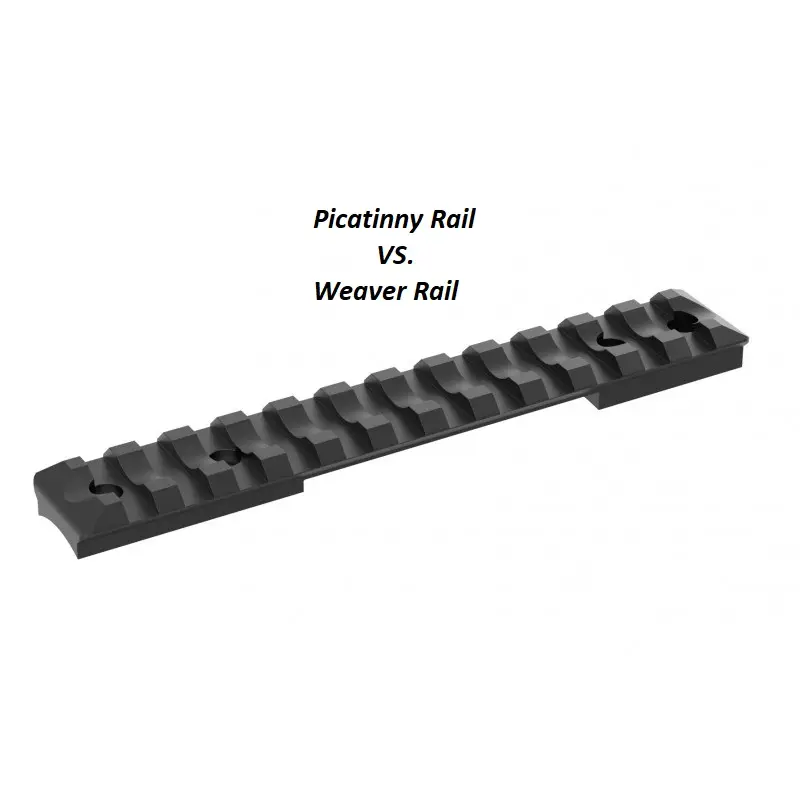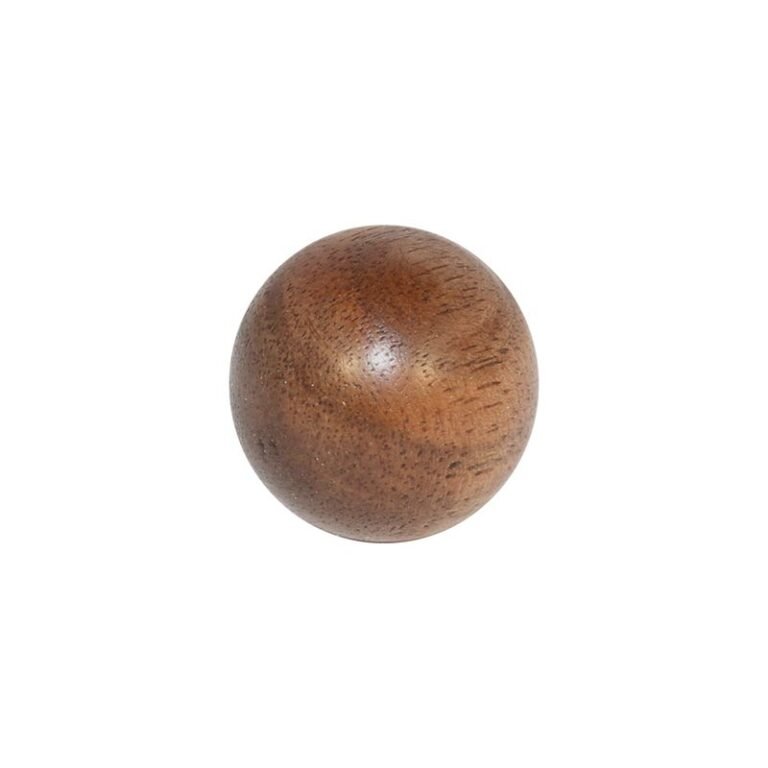
Picatinny rail vs. weaver rail: how to make the right choice. We will explain all in details.
Choosing the right scope base mount might be sometimes difficult. Actually, the best way is to understand the picatinny rail vs weaver differences. This will help in making the right choice.
Contemplating on either to get picatinny rail or weaver rail? Ultimately, it is important to consider several factors. We are going to answer the most common questions we receive about the picatinny rail vs weaver options.
Picatinny rail and Weaver rail history
Picatinny rail was named after the Picatinny Arsenal in New Jersey. It was designed, developed and later standardized as the MIL-STD 1913 rail in 1995.
In the 1930s, William Ralph developed the weaver rail.
Differences between Picatinny rail and Weaver rail
There are many companies who make rings specifically for a picatinny rail, or specifically for a weaver rail. The two rails are very similar. One needs to understand, however, the difference between the picatinny rails and weaver rails for decision making, especially in the context of picatinny rail vs weaver rail.
The two major areas where the picatinny rail differs from the weaver style are the number of slots, the slot placement and the slot dimensions.
Picatinny rail:
- It has slots every 5mm
- Users can use all mounts on a picatinny rail
- All picatinny rails have the same standard footprint
Weaver rail:
- It has only a few slots
- The manufacturer determined the positions
- Mounts made for picatinny can’t be mounted on weaver rails
- Weavers’s rail slot are 3.8mm
- No standard footprint
Uses of Picatinny rail and Weaver rail
Attach scope mount rings and telescopic sights to firearms with the use of Picatinny rail or weaver rail.
When considering picatinny rail vs. weaver rail, first, it’s essential to choose the one that fits your needs best. Moreover, understanding the differences between the two can help you make an informed decision.
You can check out our Picatinny rail for CZ 600, CZ 457, CZ 455 and other CZ models.



